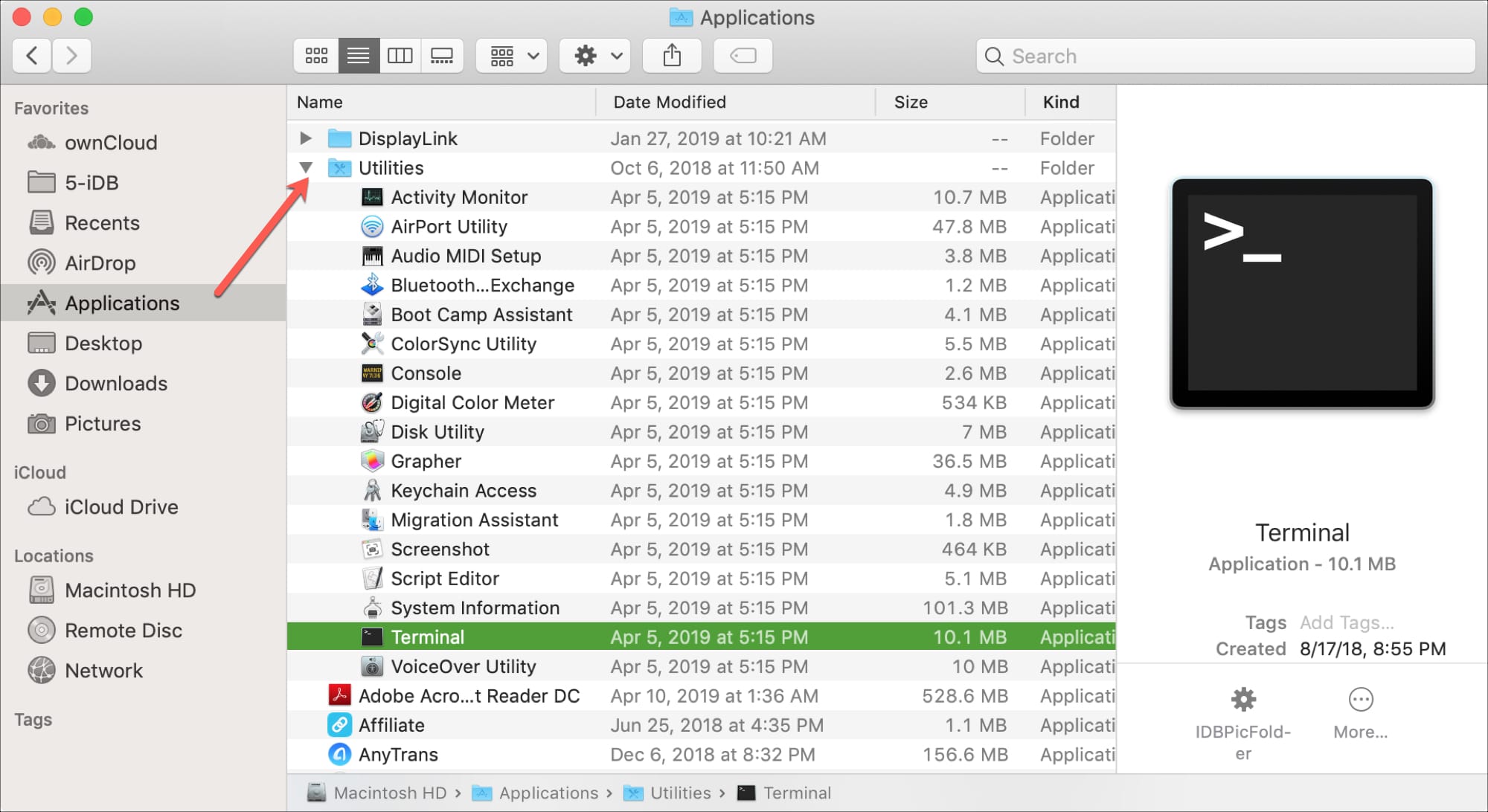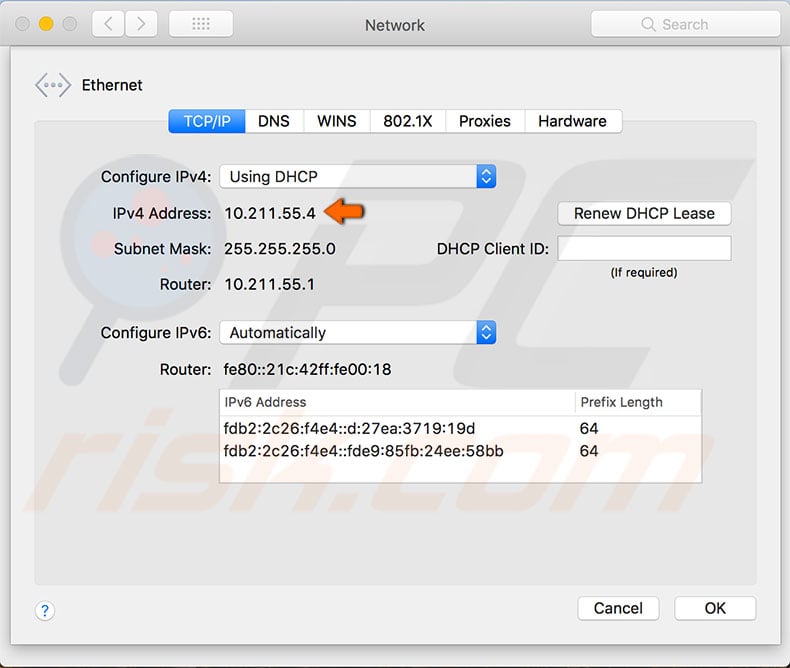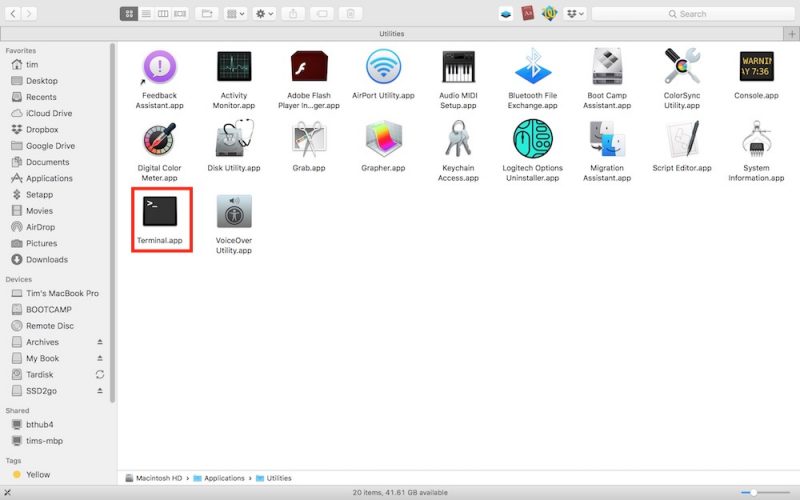

- #FIND PHOTOS ON MAC VIA COMMAND LINE INSTALL#
- #FIND PHOTOS ON MAC VIA COMMAND LINE CODE#
- #FIND PHOTOS ON MAC VIA COMMAND LINE PASSWORD#
- #FIND PHOTOS ON MAC VIA COMMAND LINE DOWNLOAD#
smtp-username and -smtp-password options. You can receive an email notification when two-factor authentication expires by passing the on MacOS.) This directory can be configured with the -cookie-directory option. This interval is currently two months.Īuthentication cookies will be stored in a temp directory ( /tmp/pyicloud on Linux, or /var/tmp/. Two-factor authentication will expire after an interval set by Apple,Īt which point you will have to re-authenticate.
#FIND PHOTOS ON MAC VIA COMMAND LINE CODE#
You will be prompted for a code when you run the script. If your Apple account has two-factor authentication enabled,
#FIND PHOTOS ON MAC VIA COMMAND LINE INSTALL#
Sudo apt-get install -y python Authentication threads-num INTEGER RANGE Number of cpu threads (default: 1) no-progress-bar Disables the one-line progress bar and

notification-script PATH Runs an external script when two factor smtp-no-tls Pass this flag to disable TLS for SMTP (TLS Notifications when two-step authentication set-exif-datetime Write the DateTimeOriginal exif tag from
#FIND PHOTOS ON MAC VIA COMMAND LINE DOWNLOAD#
Will be downloaded (not including files thatĪre already downloaded.)(Does not download only-print-filenames Only prints the filenames of all files that auto-delete Scans the "Recently Deleted" folder andĭeletes any files found in there. force-size Only download the requested size (default:ĭownload original if size is not available) skip-live-photos Don't download any live photos (default: skip-videos Don't download any videos (default: Download l, -list-albums Lists the avaliable albums a, -album Album to download (default: All Photos)

until-found INTEGER RANGE Download most recently added photos until weĬonsecutive photos (default: download all recent INTEGER RANGE Number of recent photos to download Live Photo video size to download (default: size Image size to download (default: original)
#FIND PHOTOS ON MAC VIA COMMAND LINE PASSWORD#
p, -password Your iCloud password (default: use PyiCloud u, -username Your iCloud username or email address d, -directory Local directory that should be used for

The second does what an Option-drag does, or what happens when you drag a file to a different disk or volume.Download all iCloud photos to a local directory The first does the same as dragging a file to a new location on the same hard disk. There are two commands for moving and copying: mv and cp. The same is the case from the command line. (You may know that you can copy a file in the Finder, even on the same hard disk, by holding down the Option key when you drag it.) However, if you drag a file from your Desktop to an external hard disk, you’ll see that the file remains in its original location this file has been copied. The file is no longer on the Desktop, and is found only in the Documents folder. If you’re in the Finder, and you drag a file from, say, your Desktop to your Documents folder, or any other folder on the same disk or volume, you move the file. The difference between copying and moving files


 0 kommentar(er)
0 kommentar(er)
